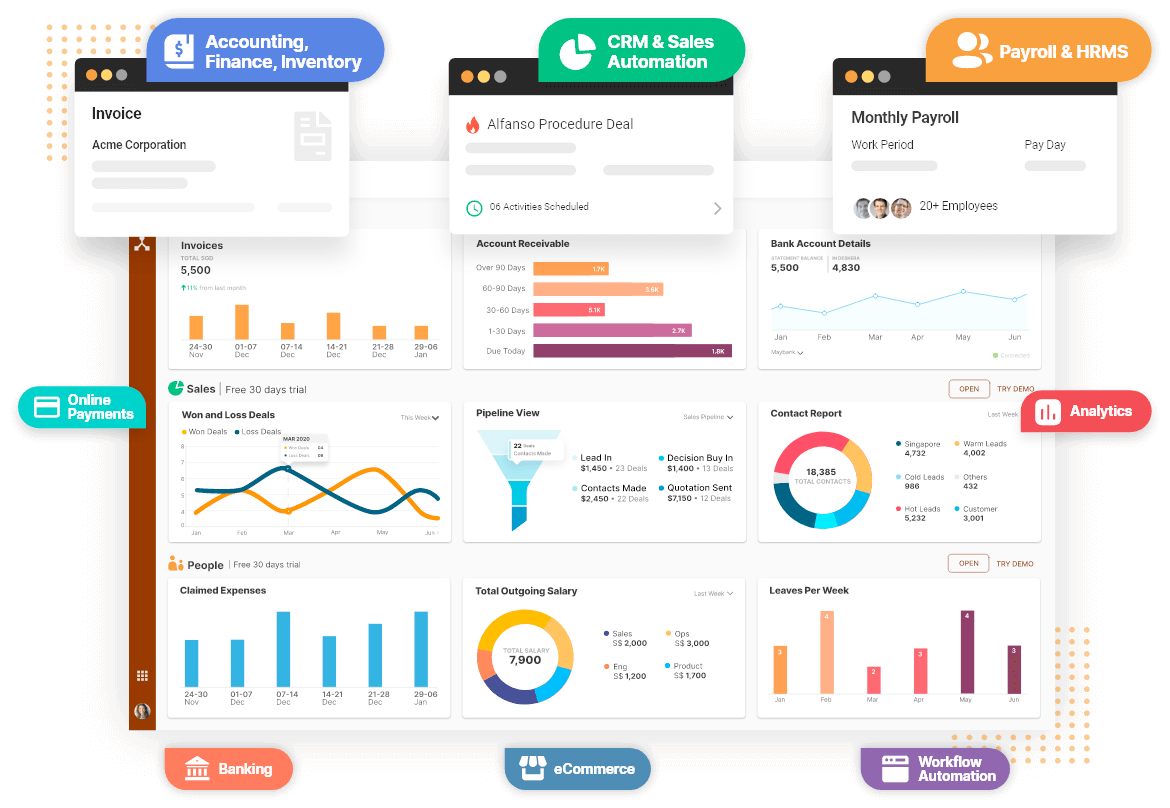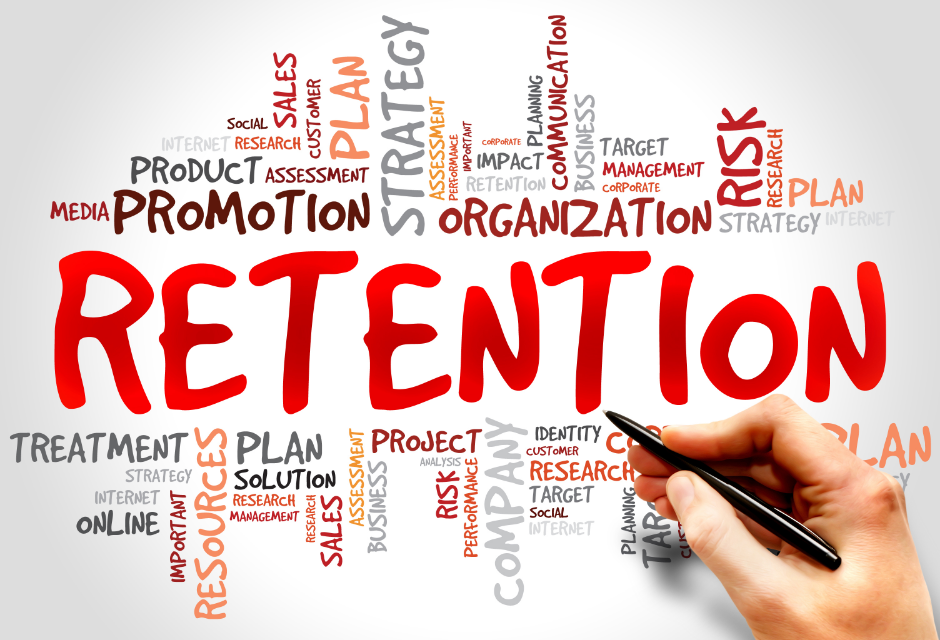Most of us want to believe we've chosen the "best" option in making decisions. And although ordinary judgments need little mental work, the decisions we face while expanding businesses are frequently significantly more weighty.
A high-pressure environment with no safety net complicates determining whether to fundraise a fresh round or which next product innovation to add to the pipeline. Whereas excellent judgments may drive your company's growth and encourage team trust, bad ones can jeopardize the bottom line and sometimes harm morale.
The skill of decision-making isn't necessarily about finding the mysterious "optimal" option — it's about making the most of the facts at hand, building trust among participants, and acting with confidence.
With that in mind, let's look at some of the major frameworks for making tough business decisions effectively.
Table of Content:
- Why does every major decision require a framework?
- Challenging your beliefs
- Framework for decision-making
- Codify a set of decision-guiding principles
- Lean on the "Xanax for decision-making"
- A/B testing to resolve opposing viewpoints
- WRAP Framework
- Prepare To Be Wrong
Let's Start!
Why does every major decision require a framework?
Annie Duke, the author, discusses decision-making by contrasting poker with chess. She argues that there is always a correct option in chess. In principle, you could compute all potential movements and their results, then choose the optimal one to ensure a fortunate outcome.
The best you can do in poker is choose the approach with the greatest possibility of success. Everything that occurs after you make your move is entirely by chance.
Managing or operating a small business is like playing poker in many respects. You're expected to make investment decisions based on inadequate facts (the cards in your hand). However, if you observe expert poker players, you'll see that they follow a series of rules that guide them on when to risk, how much to wager, and when to fold. Put another way, they have a framework to help them choose the best option.
Developing a thoughtful—and adaptable—decision-making framework will assist you in choosing the option with the highest possibility of achieving the optimal result. Furthermore, the icing on the cake: will also aid you in stretching your decision-making muscles to become a wiser decision-maker.
But, before we dive into the decision-making framework, you must challenge your own beliefs.
Challenging your own Beliefs
Using a framework to decide is vital since we are not wired to think all the time rationally.
Annie Duke uses the scenario of an ancient human perceiving the rustling of a shrub. The rustling may be the sound of a predator about to attack or the wind. We would have vanished a long time ago if humans had assumed it was simply the sound of the wind. We'd waste a lot of energy gazing at bushes every moment; it was windy if we paused and inspected them every time. However, if we default on predators, we are certain not to get devoured, and we don't spend energy investigating it.
Instead of being concerned about predators lurking in bushes, we are now concerned about what would follow if we make a terrible choice. This eventually causes us to depend on something we already know because it is the safest option.
It is perfectly reasonable to depend on what we know. Prior knowledge is essential for appraising circumstances and making sound judgments. The issue is false positives. It's all too easy to ascribe pure chance to greater knowledge and competence, or vice versa.
This is where a framework steps in. It causes you to analyze your existing ideas and acts as an assessment instrument to decide whether they are worth altering.
Framework for Decision-making
People have devised various decision-making procedures and techniques to save them from messing up tough Business Decisions. Today, there are many decision-making frameworks to select from, but how can you know which one is best for your situation? So, we have selected the four most practical decision-making frameworks. Let's have a look at what we've got.
Codify a set of decision-guiding principles
According to Claire Hughes Johnson, you must record precise basic tenets that describe how you function. Then, once they're written, you must continuously repeat them until everyone has assimilated them. Johnson refers to them as "Operating Principles."
You should also specify operating principles so that it can also acknowledge any potential tensions. When two principles appear to clash, the circumstances should reveal which should take precedence. For example, "consider thoroughly" is necessary for high-impact, irreversible judgments, and "move with haste" is critical for lower-impact, possibly adjustable decisions. As a result, your fundamental tenets function as a direction to action rather than a meaningless collection of nice-to-haves.
This also makes them a helpful tool for hiring new employees and evaluating productivity. Do applicants have skills or expertise that connect with your company's core values? Do current personnel carry out their duties in a manner that reflects them? To make your operational principles effective and keep them in front of mind, incorporate them into both your recruiting and productivity evaluation procedures.
Lean on the "Xanax for decision-making"
Gil Shklarski, a former CTO of Flatiron Health and a seasoned startup coach, revealed this relatively new framework. Gil saw that many excellent experts did not want to move up to C-level roles while working at Flatiron Health. As a result, they feared the significant pressure associated with making judgments and discussing these decisions with colleagues.
The tool developed by Gil Shklarski concentrates on reversible decisions and the fact that practically all decisions may be reversed. Furthermore, the structure made it simple to defend each choice to coworkers, making them obvious.
Xanax for decision-making is like a simple chart showing the pros and disadvantages of a certain option, but with a minor variation that alters the viewpoint. Using this decision-making framework, you must analyze each choice and identify its benefits, costs, and mitigations. The added dimension (Mitigation) facilitates decision-making by demonstrating how to make each action reversible, if workable, or how to offset the costs ahead of time.
After creating a table and discussing all choices, a team resolves and pauses it for 24 hours. It aids in releasing stress, double-checking the evidence, and weighing all the repercussions of a chosen answer.
Using the framework, we can generate a list of considerations and choose based on what we can and cannot compromise on. Then, when employed on a business-related issue, a decision-maker determines if you can minimize all risks associated with the chosen alternative and at what price.
A/B testing to resolve opposing viewpoints
A/B testing, commonly known as split testing, is a randomized testing procedure in which you present two or more versions of a decision to various groups of individuals simultaneously to identify which version has the most influence and boost business KPIs.
A/B testing, in essence, removes all guesswork from decision-making and allows decision-makers to reach data-backed conclusions. A refers to the 'control' or the primary testing parameter in A/B testing. On the other hand, B refers to a 'variant' or a modified plan of the primary testing parameter.
The version that improves your business metric(s) is the 'winner.' Implementing the improvements from this winning variant on your company operations will boost your business ROI.
WRAP Framework
WRAP is an acronym for the framework's four steps:
- Widen frames.
- Reality test assumptions.
- Attain detachment.
- Prepare for failure.
These procedures involve several exercises that will assist you in comprehending the context and will relieve you of the anxiety associated with decision-making. Here's how the procedure works:
- Widen Frames: This exercise requires you to look beyond your problem rather than at it. The central issue here is if this is the actual problem you're attempting to solve.
- Reality Test Assumptions: At this point, choose one viable solution and envisage how it may operate in the future. Consider what may go wrong and make a list of all negative assumptions to understand the situation.
- Attain Detachment: De-stress by stepping back from the decision-making process and thinking about what your buddy (if the situation is personal) or another specialist (if the situation is professional) would do in this situation.
- Prepare for failure: Assume your decision was a failure. Consider withdrawal lines to lessen the repercussions and how to return to the beginning place at the lowest possible cost.
Prepare To Be Wrong
We frequently overestimate the effect of any given decision. But, most judgments are reversible or include trap doors that are less disastrous than we originally imagined.
What if, for example, you made the wrong vehicle purchase decision? You possess an automobile you dislike and must sell to purchase another vehicle. Of course, there is a monetary expense and inconvenience in selling and buying autos and completing papers. But that's all.
With that awareness, we no longer dread deciding since we know the cost of changing our minds is not life-changing.
How Can Deskera Assist You?
Deskera People make it simple to handle leave, attendance, payroll, and other processes so that you can focus on making the best decisions. For example, creating payslips for your employees is now simple since the platform also automates and digitizes HR tasks.

Key Takeaways
- The skill of decision-making isn't necessarily about finding the mysterious "optimal" option. It's about making the most of the facts, building trust among participants, and acting with confidence.
- According to Annie Duke, developing a thoughtful—and adaptable—decision-making framework will assist you in choosing the option with the highest possibility of achieving the optimal result.
- However, challenging your own beliefs is crucial before employing a decision-making framework.
- Using a framework to decide is vital since we are not wired to think all the time rationally.
- The four most beneficial decision-making frameworks:
- Codify a set of decision-guiding principles
- Lean on the "Xanax for decision-making"
- A/B testing to resolve opposing viewpoints.
- WRAP Framework
- However, it's better to be prepared for being wrong
Related Articles











